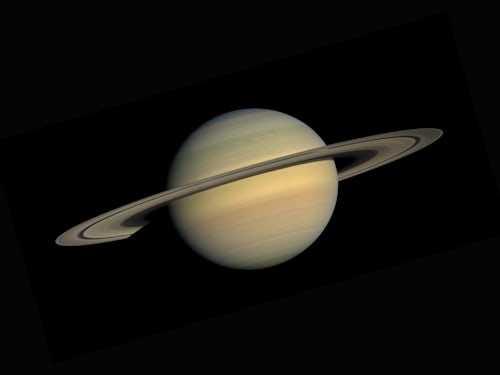The first astronomical calculator
The Antikythera Mechanism is the word's oldest surviving mechanical calculator. The device was discovered in an ancient shipwreck in 1900 and dates between the 3rd and 1st centuries BC.
When manually rotated by a handle, the gears span dials on the exterior showing the Moon's phases, the timing of lunar eclipses, and the positions of the five planets then known (Mercury, Venus, Mars, Jupiter, and Saturn) at different times of the year.
47
103 reads
CURATED FROM
IDEAS CURATED BY
The idea is part of this collection:
Learn more about personaldevelopment with this collection
How to create a productive environment
The importance of self-care in productivity
How to avoid distractions
Related collections
Similar ideas to The first astronomical calculator
Where the names of the planets came from
Sumerian astronomers named the sun, moon, Mercury, Venus, Mars, Jupiter and Saturn after their gods. Ancient China named planets after things of nature, like water, fire, or wood. The English names for planets came from the Romans, who named them after their gods and goddesses.
More distan...
Read & Learn
20x Faster
without
deepstash
with
deepstash
with
deepstash
Personalized microlearning
—
100+ Learning Journeys
—
Access to 200,000+ ideas
—
Access to the mobile app
—
Unlimited idea saving
—
—
Unlimited history
—
—
Unlimited listening to ideas
—
—
Downloading & offline access
—
—
Supercharge your mind with one idea per day
Enter your email and spend 1 minute every day to learn something new.
I agree to receive email updates
